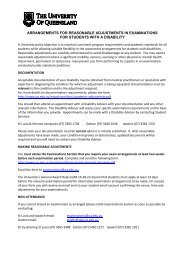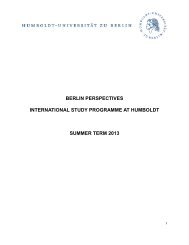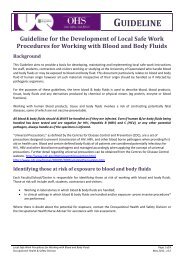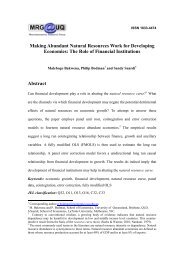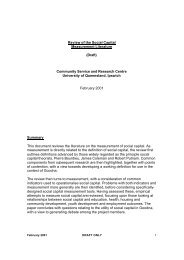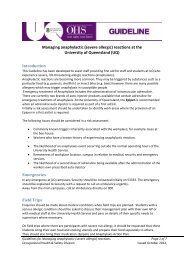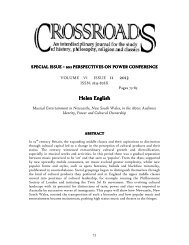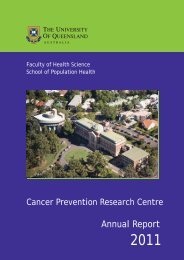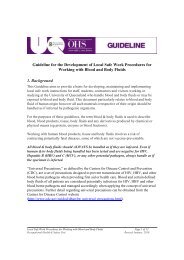Recognising and Responding to Domestic and Family Violence
Recognising and Responding to Domestic and Family Violence
Recognising and Responding to Domestic and Family Violence
Create successful ePaper yourself
Turn your PDF publications into a flip-book with our unique Google optimized e-Paper software.
<strong>Recognising</strong> DV- Cont’d<br />
A child who has experienced domestic violence may:<br />
‣ Appear tired <strong>and</strong> stressed<br />
‣ Be distracted <strong>and</strong> unable <strong>to</strong> concentrate at school<br />
‣ Be withdrawn <strong>and</strong> isolated, emotionally detached <strong>and</strong> unavailable<br />
‣ Be hyper-vigilant <strong>and</strong> watchful<br />
‣ Experience physical symp<strong>to</strong>ms such as s<strong>to</strong>mach ache, head ache<br />
‣ Be restless, emotionally distraught <strong>and</strong> have difficulty managing stress or<br />
tension<br />
‣ Be abusive <strong>and</strong> aggressive (eg with siblings, peers or parents)<br />
Source of information: Queensl<strong>and</strong> <strong>Domestic</strong> <strong>Violence</strong> Services Network 2002, “Reaching<br />
Out- a domestic violence information session for family <strong>and</strong> friends”.


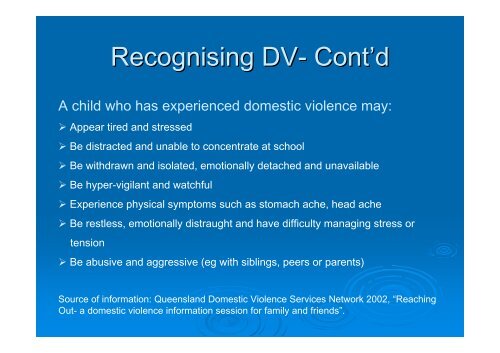

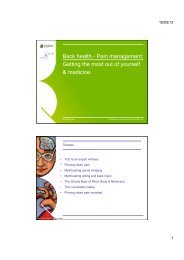
![Recycling [ PDF, 62KB ] - University of Queensland](https://img.yumpu.com/51805185/1/184x260/recycling-pdf-62kb-university-of-queensland.jpg?quality=85)
